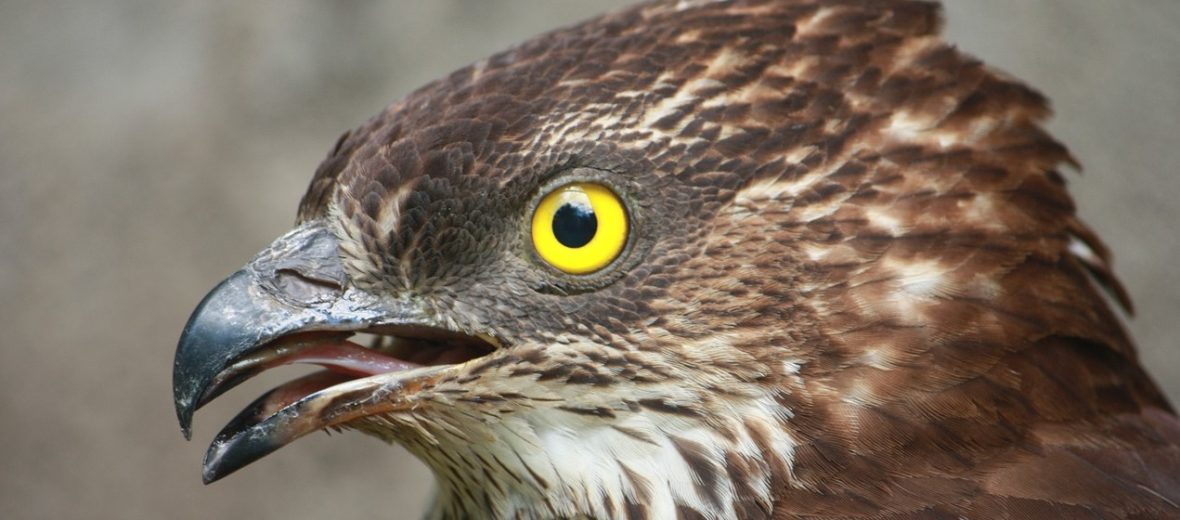
The European honey buzzard, aka pern or common pern, is more closely related to kites rather than true buzzards. These birds of prey can be found in Europe, Asia, and Africa. They prefer woodlands and exotic plantations. Do to an estimated population of around 430,000, these birds are listed as Least Concern by the IUCN. Their numbers are also stable.
First the Stats…
Scientific name: Pernis apivorus
Weight: Up to 1.7 lbs.
Length: Up to 24 inches
Wingspan: Up to 59 inches
Lifespan: Up to 12 years
Now on to the Facts!
1.) Being a long-distance migratory bird, the honey buzzard depends on magnetic orientation, as well as a keen visual memory of geographical features like mountain ranges and rivers, to locate its way south and back north again.
2.) As a means of protection against northern goshawks, juvenile European honey buzzards take on the appearance of common buzzards. Even though common buzzards are also attacked by goshawks, common buzzards are less frequently attacked.
3.) They are often seen soaring amongst thermals.
4.) European honey buzzards prey on larvae and nests of hornets and wasps, although they will also take mice, voles, moles, gophers, reptiles, and even smaller birds.
5.) These birds of prey are the only known predators of the dangerous Asian hornets.
But wait, there’s more on the European honey buzzard!
6.) Adults are equipped with long talons and long toes, which allow for easier wasp nest excavation.
7.) Scaled feathers on their head help prevent stings.
Did you know…?
They can fly at speeds of up to 50 mph.
8.) Honey buzzards are believed to have a chemical deterrent in their feathers that helps protect them from wasp stings.
9.) Females lay up to 3 eggs each season. But 2 eggs are more common.
10.) Their Latin name Pernis apivorus means “bee-eating bird of prey,” even though they primarily prey on wasps and hornets.
Now a Short European Honey Buzzard Video!
Be sure to share & comment below! Also, check out the Critter Science YouTube channel. Videos added regularly!
Want to suggest a critter for me to write about? Let me know here.
Think you know a lot about critters? Try your hand at these fun, free quizzes:



